Michele Casarin is a man of culture and historian of the city as well as a profound connoisseur of the Venetian territory. Casarin is also the President of the Venice Academy of Fine Arts and director of the Bevilacqua La Masa Foundation. From our meeting, which took place few weeks ago, this interview was born.
Francesco Liggieri: The beginning: what is the work of art that represents you the most?
Michele Casarin: The Wanderer above the Sea of Fog by Caspar David Friedrich.
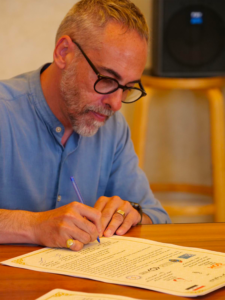
Michele Casarin, portrait
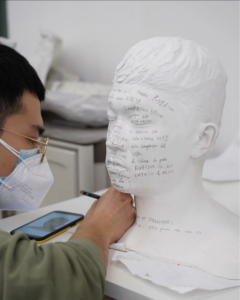
Student at work at Venice Academy of Fine Arts, courtesy Venice Academy of Fine Arts
What are the goals of the Bevilacqua La Masa Foundation in Venice for the year 2023-24?
The Bevilacqua La Masa Foundation, in the current year and in the following, will continue on the path that has been traced with the new management since 2016. It hinges fundamentally on two points: on the one hand, the traditional and continuous activity of the Foundation for the promotion of young artists and their growth beyond Bevilacqua La Masa; on the other hand we have partnered with the Art Foundation of Bilbao to implement a series of exchanges of residencies; a great opportunity for our young people. In addition, there is a very prestigious collaboration with an English gallery, the Saatchi Yates which is very active and dynamic on the scene of young contemporary art in London. I want to emphasize that Bevilacqua Foundation is a public body with all the dynamics that this entails. The institution gets much appreciation from many Italian and foreign private and non-private galleries, not only for the history and the work carried out but also for what we continue to give to the city and to contemporary art in Italy, and this makes us proud. Returning to the young artists, we are contacting businesses so that there is a fruitful dialogue also with the Italian production’s realm, which is increasingly attentive to the cultural sector as it recognizes its added value, without forgetting to place our artists in contact with the art market and galleries.
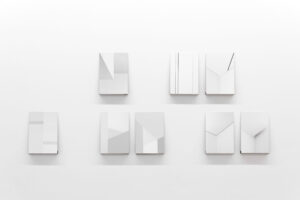
Spanghero Michele. Studies on the Density of White, photo series, 2010 – ongoing. Courtesy the artist and Fondazione Bevilacqua La Masa
Hand in hand, with the specific choice that our Board has made, we also want to enhance some expressive maturities of the past and create exhibitions that could allow to bring attention back to some great artists, in particular Venetians, who have made an important contribution to the 20th century art history. We believe that this aspect is important for the training and enrichment of young artists who can thus retrace all the most important artistic experiences of the past for a stimulating comparison between generations. Another project of the Foundation concerns the safeguarding of its collection: we want to protect our collection of works that has a tormented history full of obstacles which, however, is worth knowing. The works of the Bevilacqua La Masa Foundation were kept in Ca’ Pesaro until 1998, the year in which the restoration of the well-known museum site began. It was then that Foundation Bevilacqua decided to keep the works in her own headquarters, which it did until 2001, until the team realized that the spaces weren’t adequate. Later the artists were asked to keep their works, while remaining of the property of the institution. It went on for several years, until 2016, when, with the change of management – political, administrative and of city’s management – Bevilacqua La Masa also changed, with a strong will of the Mayor. The new Board of Directors, with professor Bruno Bernardi as president, immediately decided to put its hand on the collection, starting a recovery and reorganization work, to accurately catalogue the works in the headquarters and those in the hands of the artists. A huge and tiring undertaking that included a fundamental recovery, cleaning and even restoration work. A huge job, of which we are proud, even though we are aware that it is not concluded yet and that much remains to be done.
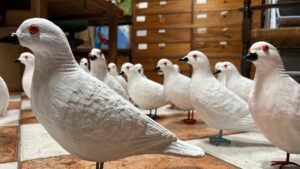
Il volo del colombo immaginario, exhibition view, Palazzetto Tito, Venice, 2023. Courtesy Fondazione Bevilacqua La Masa
In your opinion, is the constant lack of attention towards young artists is more a question of courage or is it a purely political and cultural question?
In my opinion, there are two kinds of problems: the first one certainly is a cultural policy one and a political culture one, the second one is a social culture in general one. I strongly believe in the need for public institutions to support the youngsters, not only in the artistic and cultural fields but also in terms of start-ups and initial thrust. There’s a need to help young people to produce culture by favoring the transition from the training phase to the production phase. In addition, it would be important to support specific projects that are aimed at giving structural results in terms of professionalism and cultural enterprise, for example, by making available work spaces. In our country, the problem is that people tend to consider young people as basically incapable and unreliable. There is a strong resistance to assigning top positions and responsibilities to young workers as it is always said that they must gain experience. In my personal experience I was often considered as a young manager. Experience is important, but a young person must be able to do it and must also be able to learn from the mistakes we all make.
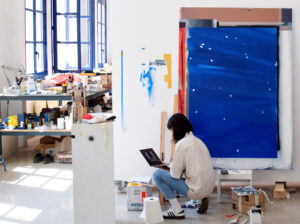
Artist in residency, Bilbao, Spain. Courtesy Fondazione Bevilacqua La Masa
As president of the Academy of Fine Arts in Venice, how does the Academy interact with the local area? Is there a plan to help students to have a post-education path?
Since I had the honor of holding this role, I realized that the Academy works a lot and speaks little. One of the things I tried to stimulate right away by sharing this goal with the director Riccardo Caldura is having a structure that is able to communicate everything that is done more effectively, also for a question of positioning in the city which is always important. The Academy today represents the third training pole in Venice, and it is constantly growing. This year we have already exceeded 1600 members who come from all over Italy and from all over the world. In recent years, the director Caldura and all the teaching staff have done an extraordinary job which must continue with renewed energy. The Academy continues to manifest very high quality in all areas, from painting class to scenography school, or to the school of new technologies in the arts which is constantly expanding. We are working together with the city’s universities, the Conservatory and the municipal administration to encourage people to stay in Venice even after their studies. Training yes, but also creating job opportunities for these students. We are also growing in terms of spaces to host teaching and laboratories, in addition to the historical headquarters of the Zattere, on the Giudecca and in Forte Marghera. The Academy is very present in the city, in addition to teaching we are very active in the exhibition field and we always aim to build new collaborations that generate opportunities for our students such as the one with the Art Biennale to live the experience of actively participating in the setting up of the most important and well-known event in the world. “Create an opportunity” so that our students could meet and dialogue with great artists and great curators. A very important event, about which little is known, is the collaboration of our scenography school with Teatro la Fenice for the production of sets for the great Venetian theater and for the Malibran. An extraordinary experience that gives students the opportunity to work in a prestigious environment to actually produce the scenes and therefore also a great responsibility for these young students who immediately learn to work professionally in a very demanding context.
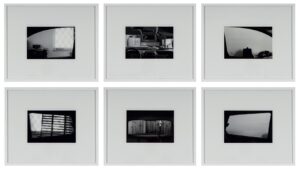
Marco Reghelin, l’Ospite, 2022 – ongoing. Work in the show 105ma Collettiva Giovani Artisti, Fondazione Bevilacqua La Masa, Venice, 2023. Courtesy the artist and Fondazione Bevilacqua La Masa
What do you think Venice will be like in the future? Will the idea of Venice as a city still exist or will it be just a memory
A city is alive, like anything else, when it is capable of continuously transforming itself and therefore of changing, certainly maintaining firm roots and identity. As a historian, I have dealt a lot with identity and I can only conceive it in a dynamic way: you start from something important, solid and stratified, and inevitably, if you are alive and want to stay alive, you must continue to evolve, to change. I believe that the future of Venice is inextricably linked to its ability to always conceive itself as new and on a metropolitan scale. It is essential to have an idea of the city and a vision to strive towards, in a shared way and not in random order. This is as true for a city as it is for an entire country.
Francesco Liggieri
Info:
Michele Casarin
accademiavenezia.it
bevilacqualamasa.it
Venice
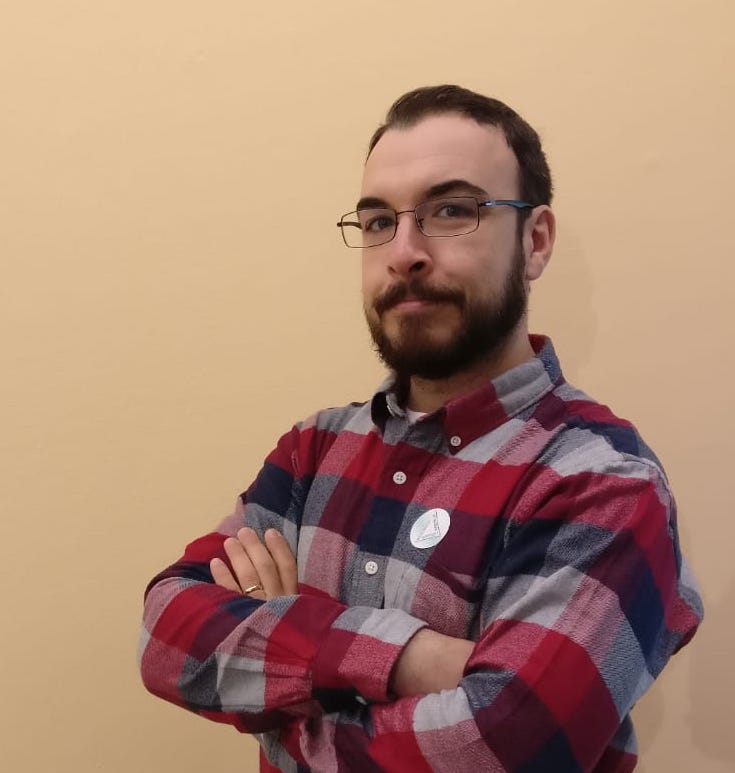
Independent artist and curator. Founder of No Title Gallery in 2011. I observe, study, ask questions, take informations and live in contemporary art, a real stimulus for my research.



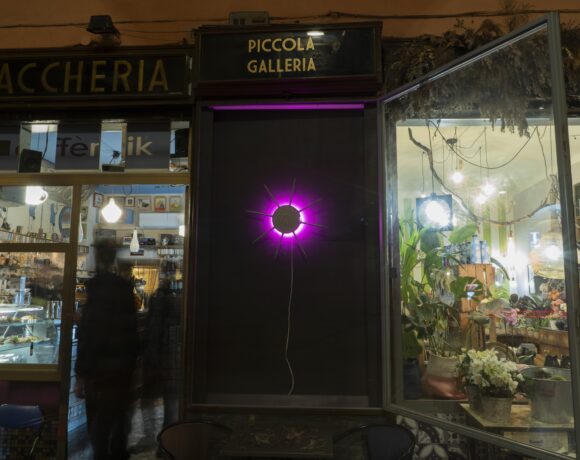
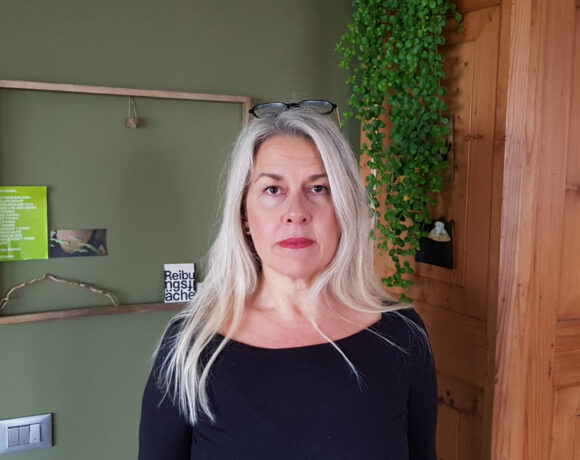

NO COMMENT